Richard was dead by the end of March 1199 and despite his estate being in order, there was trouble anyway. The barons of England supported Arthur - of course they did. England's hero the great William Marshall and John's mother Eleanor of Aquitaine stood on John's side.
The story goes that King John ordered his nephew's death and claimed the throne for himself. By the beginning of 1203, the boy had gone missing never to be seen again. Arthur's jailer, Hubert de Burgh stated that Prince Arthur of Brittany was castrated by John's men and died of shock!
It is interesting don't you think that the story of Arthur shows similarities to the disappearance of Princes in the Tower two-hundred years later. Heir’s to the throne go missing, their wicked uncle does the dirty deed and then the bodies are lost forever.
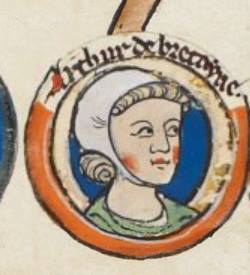

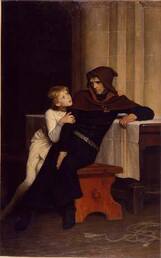
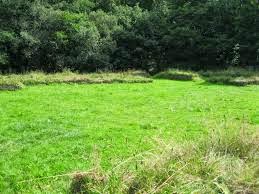
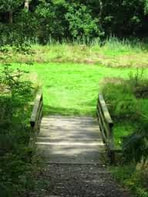
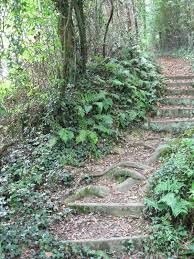
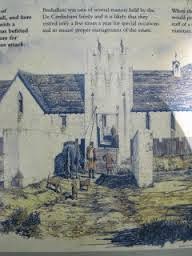
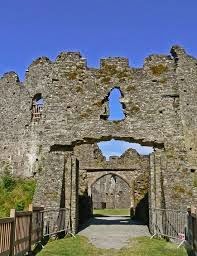
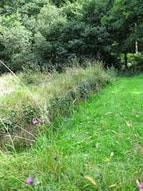
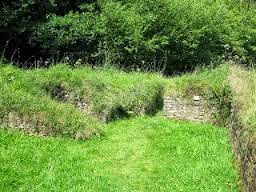


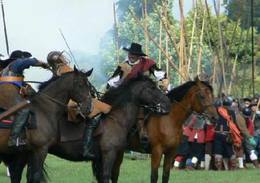
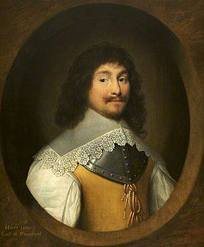
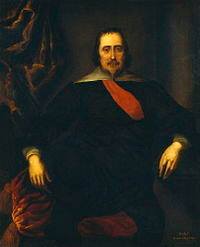

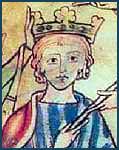
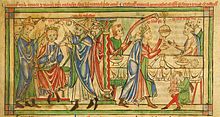
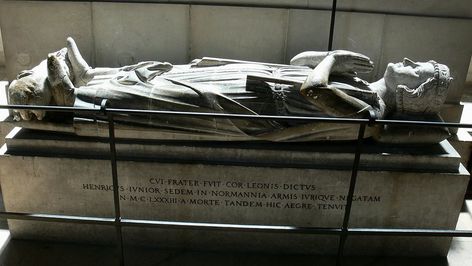
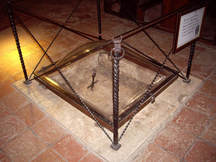
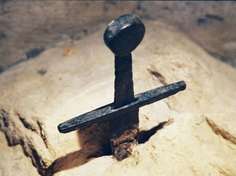
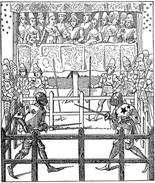
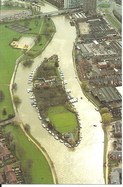
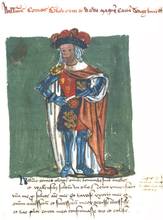
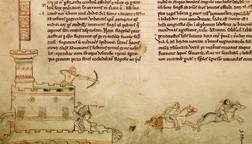
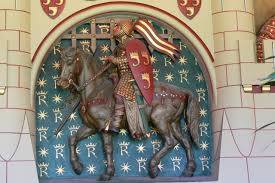
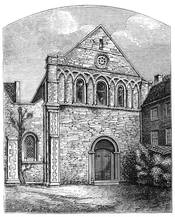

 RSS Feed
RSS Feed
